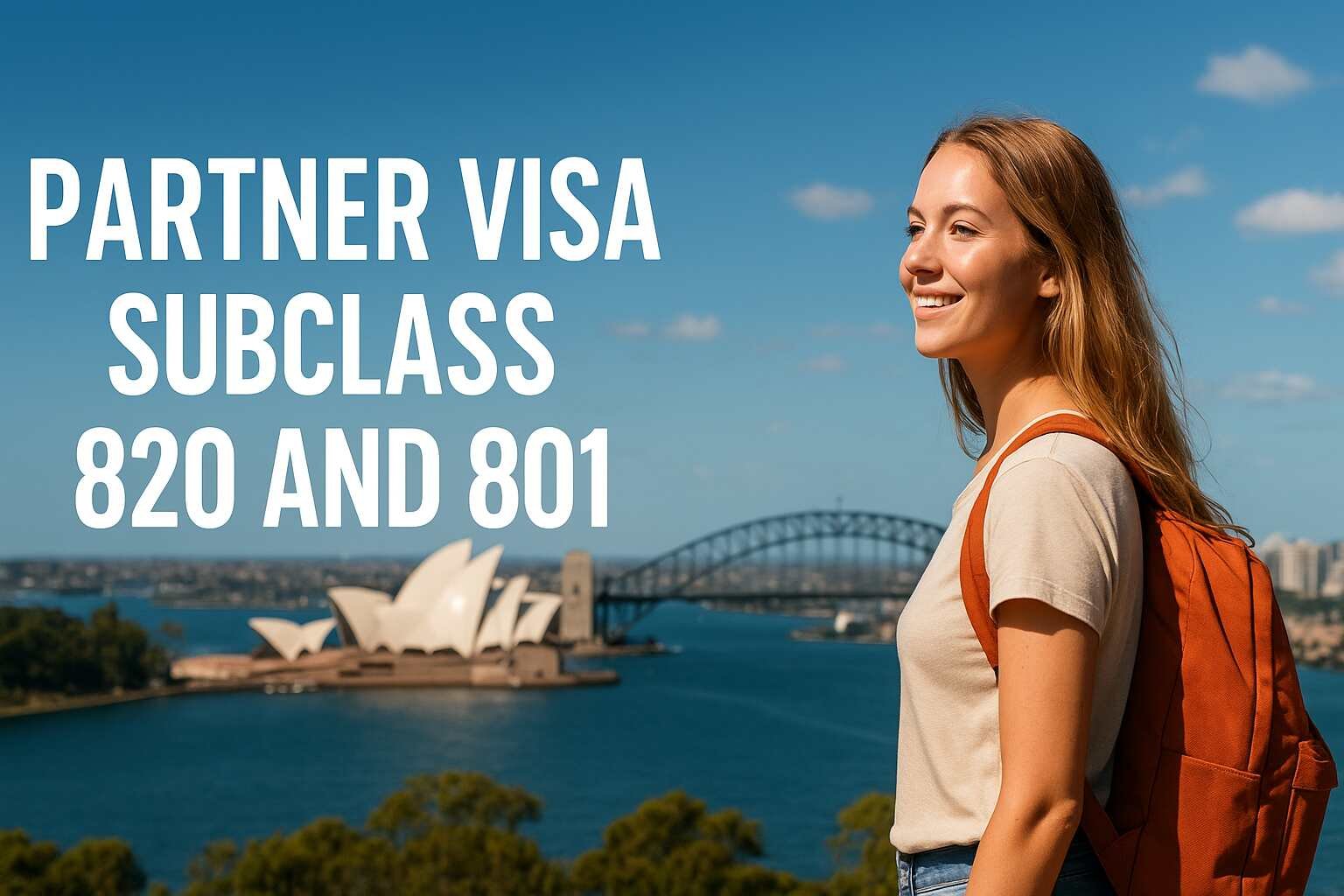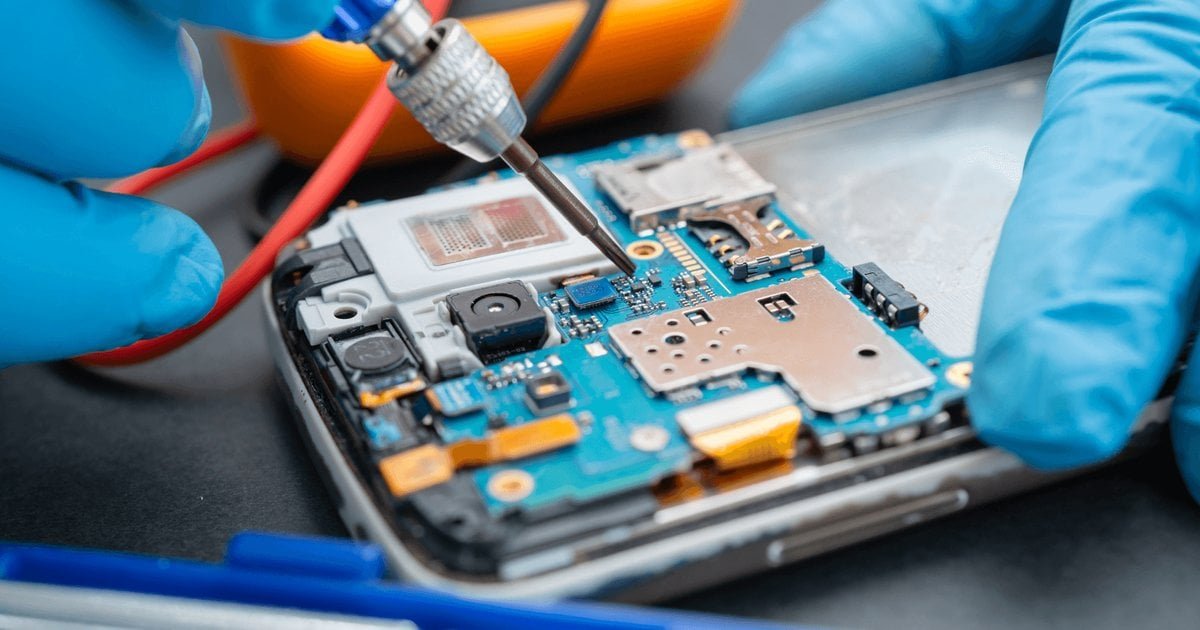Partner Visa Subclass 820 – Complete Overview
The purpose of this fact sheet is to provide a general overview of the Partner Visa Subclass 820 and key matters to consider before applying. This guide focuses on common onshore partner visa scenarios and is not intended to cover every possible situation. We strongly recommend that before applying for the Visa Subclass 820, you seek professional guidance to fully understand your eligibility, documentary evidence, and the application process. Being well-prepared gives you the best chance for a successful outcome and helps avoid unnecessary delays or a potential visa refusal. Getting it right the first time also saves valuable time and money.
Understanding the Onshore Partner Visa Application Process
The Subclass 820 Visa is designed for applicants who are married to or in a de facto relationship with an Australian citizen, permanent resident, or eligible New Zealand citizen. Your Australian partner must sponsor you for this visa. Once granted, the Partner Visa Subclass 820 allows you to live temporarily in Australia with your partner.
This application involves a two-stage process:
-
You must lodge a combined application for Partner Visa Subclass 820 and 801.
-
After two years, you will be assessed for the Partner Visa Subclass 801, which is the permanent stage.
During the initial stage, only the Visa Subclass 820 will be assessed. Once two years have passed, the Department will determine whether you continue to meet the requirements for the Partner Visa 801 permanent residency.
Long-Term Relationship Pathway
In some cases, applicants in long-term relationships may be granted the Partner Visa Subclass 801 directly, bypassing the temporary stage. A relationship is considered long-term if:
-
You have been together for at least 3 years, or
-
2 years if you share a dependent child.
Eligibility Criteria for Partner Visa Subclass 820
Before lodging your application, ensure you meet the following criteria:
-
You are 18 years or older (with limited exceptions if married).
-
You are in a genuine and continuing relationship (married or de-facto) with an eligible Australian or New Zealand partner.
-
Your sponsor must be over 18 and meet character requirements.
-
You must hold a substantive visa or satisfy Schedule 3 requirements.
-
You must meet health and character standards.
Marriage or De facto Relationship Requirements
If married, your marriage must be legally valid in Australia, with mutual commitment and a genuine, ongoing relationship.
If in a de-facto relationship, you must demonstrate at least 12 months of cohabitation, unless exempted (e.g., registered relationship, compassionate grounds, or humanitarian circumstances).
The Department assesses your relationship across four main areas:
-
Financial – joint assets and financial responsibilities.
-
Social – public recognition of your relationship.
-
Household – shared living arrangements and daily life.
-
Commitment – intention to maintain a long-term partnership.
You should provide consistent documentary evidence covering all these aspects when lodging your Partner Visa Subclass 820/801 application.
Visa Lodgement and Required Documents
Applications for the Partner Visa Subclass 820 and 801 must be lodged online while you are in Australia. You will need to include:
-
Identity and character documents (e.g., passport, police clearances)
-
Proof of relationship (e.g., marriage or relationship registration certificate)
-
Form 888 declarations from witnesses
-
Personal statements from both partners detailing your relationship history
Your partner must also submit a sponsorship form and relevant documents through the same online portal.
Application Fees and Additional Costs
As of now, the application fees are:
| Visa Type | Main Applicant |
Additional Applicants
|
| Subclass 820/801 | $9,365 |
Under 18: $2,345 / Over 18: $4,685
|
Additional costs may apply for health checks, police certificates, or document translations. If you hire a registered migration agent, professional service fees will also apply.
Processing Time for Partner Visa Australia
Visa Subclass 820
The average processing time for the Partner Visa Subclass 820 is approximately 15 to 19 months, depending on your case’s complexity and the completeness of your documents. Delays may occur if additional information or character assessments are required.
Updated Processing Times for Australian Partner Visas (Subclass 820, 801, 309, 100 & 300)
Understanding the processing times for Australian Partner Visas is crucial for anyone planning to apply, whether onshore or offshore. Below is an overview of the latest estimated average processing times for both temporary and permanent partner visas. These timeframes are provided by the Department of Home Affairs and are meant to give applicants a general idea of how long the process may take.
Temporary Partner Visa Processing Times
Processing for temporary partner visas begins on the date a combined subclass 820/801 (onshore) or subclass 309/100 (offshore) visa application is lodged with the Department of Home Affairs.
Subclass 820 (Onshore Partner Visa):
-
50% of applications are processed within 12 months
-
90% of applications are processed within 29 months
Subclass 309 (Offshore Partner Visa):
-
50% of applications are processed within 14 months
-
90% of applications are processed within 26 months
Permanent Partner Visa Processing Times
Permanent partner visa processing begins two years after the initial combined partner visa application is submitted. The Department assesses the applicant’s ongoing eligibility at this stage to determine if the relationship continues to meet the requirements.
Subclass 801 (Onshore Permanent Partner Visa):
-
50% of applications are processed within 8 months
-
90% of applications are processed within 26 months
Subclass 100 (Offshore Permanent Partner Visa):
-
50% of applications are processed within 9 months
-
90% of applications are processed within 20 months
Fiancé (Prospective Marriage) Visa
For those applying under the Subclass 300 Prospective Marriage Visa, which allows you to travel to Australia to marry your Australian partner:
-
50% of applications are processed within 11 months
-
90% of applications are processed within 31 months
Important Notes
The above partner visa processing times are indicative only and can vary based on individual circumstances. Each application is assessed on its own merits, and more complex cases—or those requiring additional documentation or verification—may take longer than the average timeframe.
Applicants are encouraged to provide all necessary information and supporting documents upfront to help avoid unnecessary delays.
For detailed information on partner visa costs for both onshore and offshore applications, refer to the Partner Visa Fees section provided by the Department of Home Affairs or consult a Registered Migration Agent for personalised guidance.
Bridging Visa While Waiting for a Decision
Once you lodge your Partner Visa 820 application, you’ll receive a bridging visa allowing you to remain lawfully in Australia while your application is processed. This visa usually includes the right to work, study, and access Medicare. Travel rights must be applied for separately.
Transition to Partner Visa Subclass 801
After two years from the date of your initial application, you must provide updated evidence confirming that your relationship is still genuine and ongoing. Once approved, you will be granted the Partner Visa Subclass 801, which allows you to live permanently in Australia.
If Your Partner Visa Subclass 820 is Refused
If your Subclass 820 visa is refused, you may have the right to appeal the decision to the Administrative Appeals Tribunal (AAT). It’s important to act promptly, as strict appeal deadlines apply.
Get Professional Help in Adelaide
For accurate, up-to-date advice and an eligibility assessment for the Partner Visa Subclass 820 and 801, book a confidential consultation with a migration agent in Adelaide.
ISA Migrations & Education Consultants is a trusted immigration service helping couples successfully apply for their Partner Visa Subclass 820 and secure permanent residency through the Partner Visa 801.




Leave a Reply